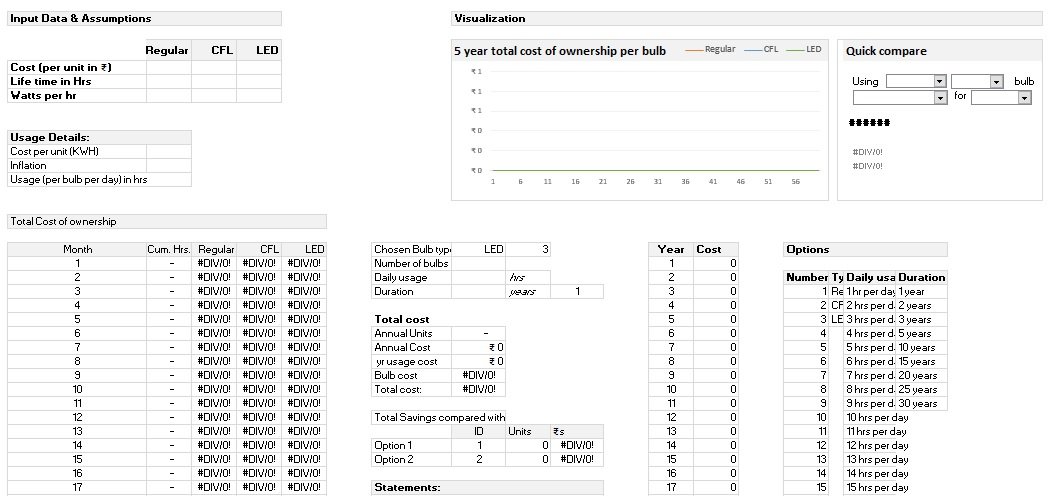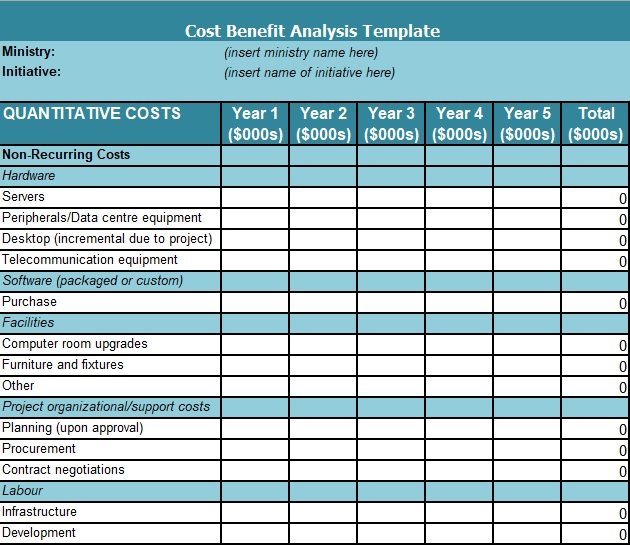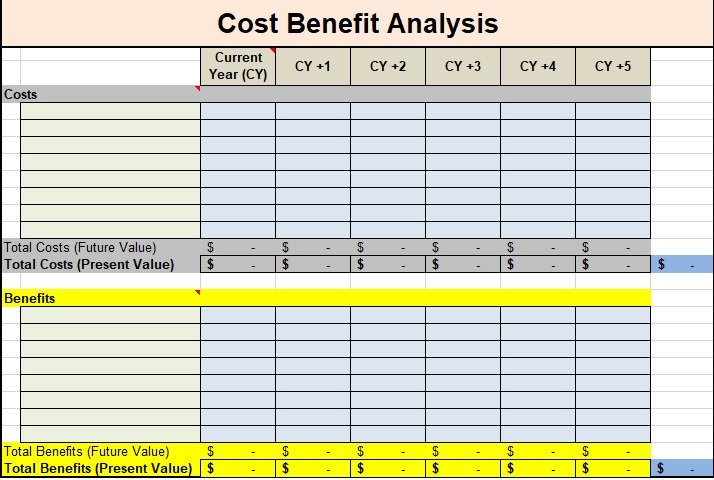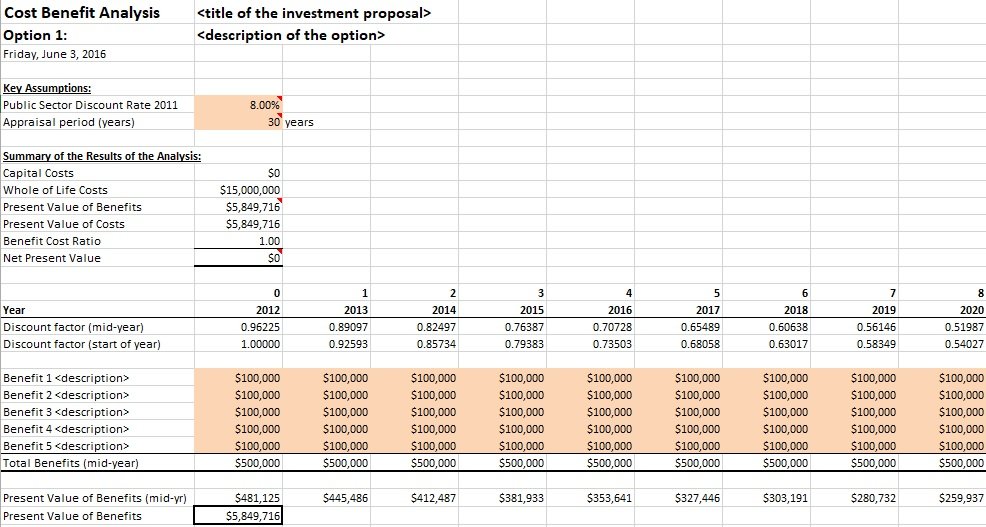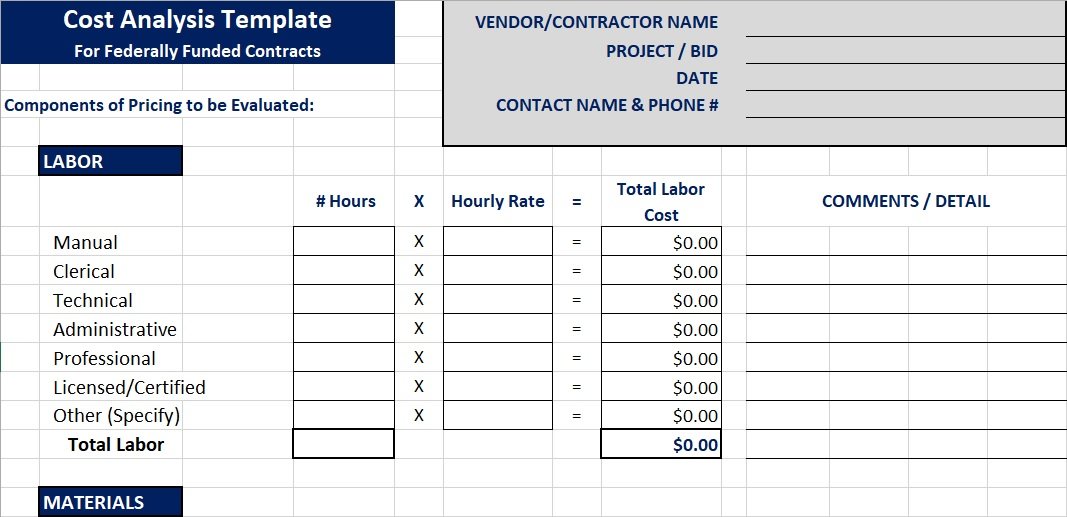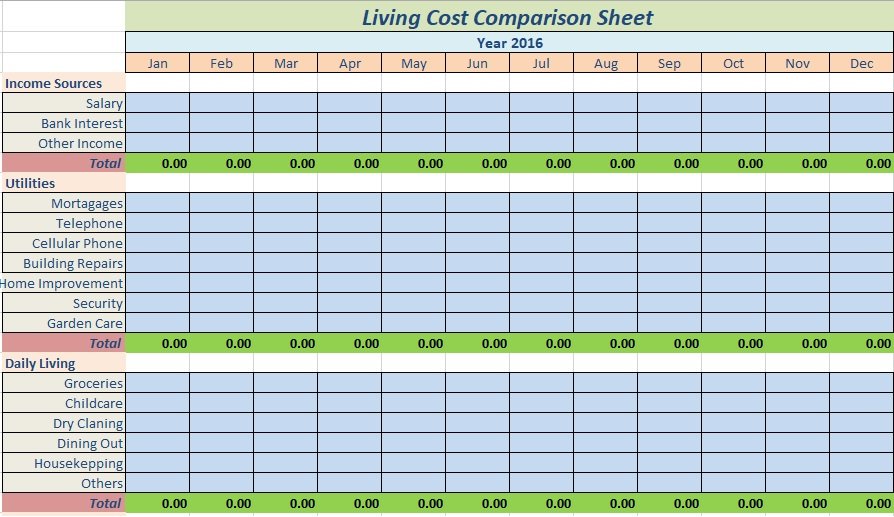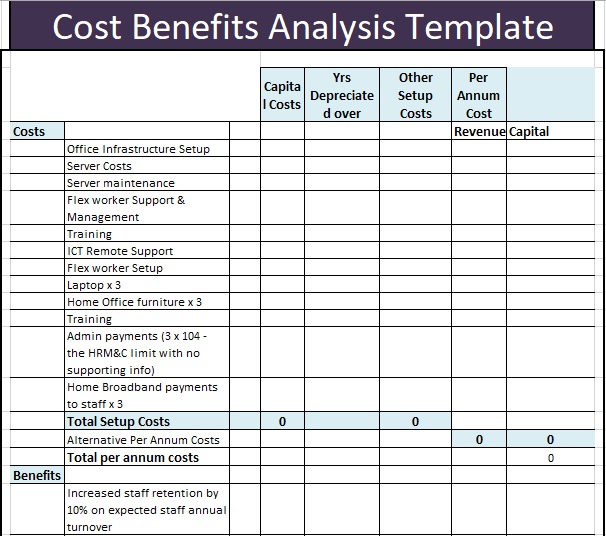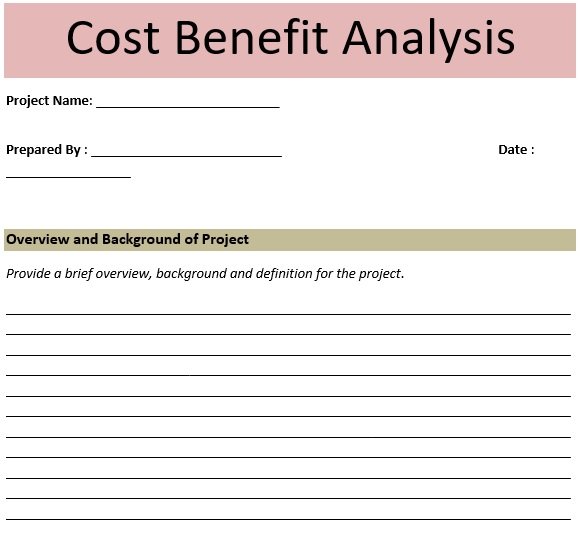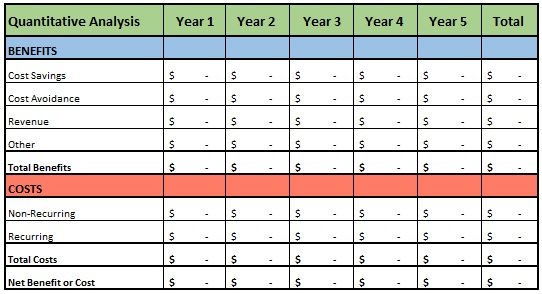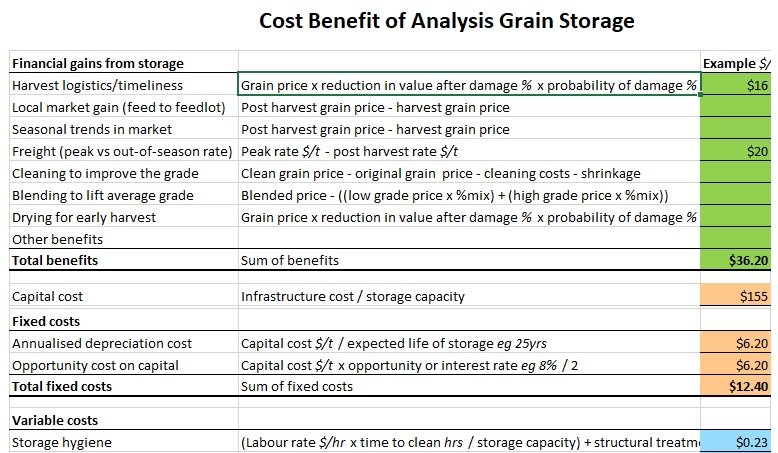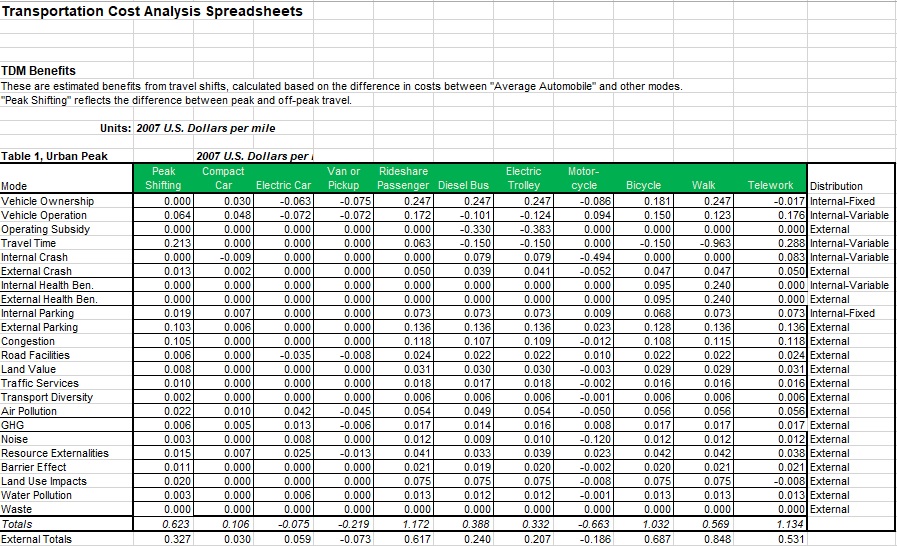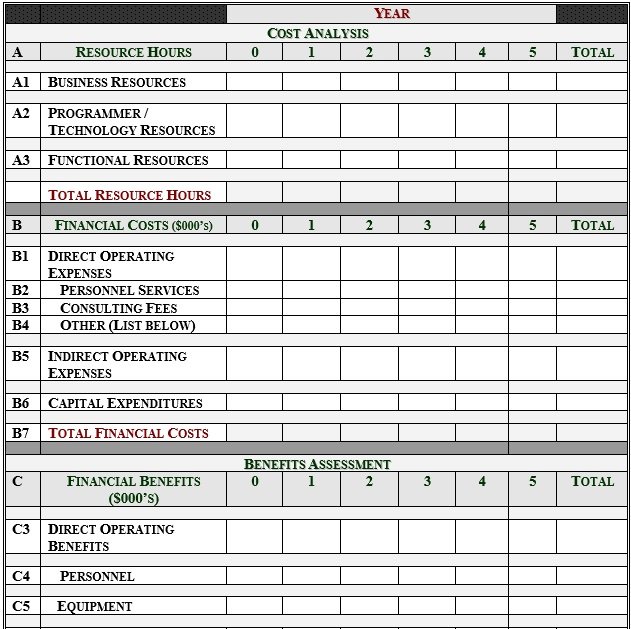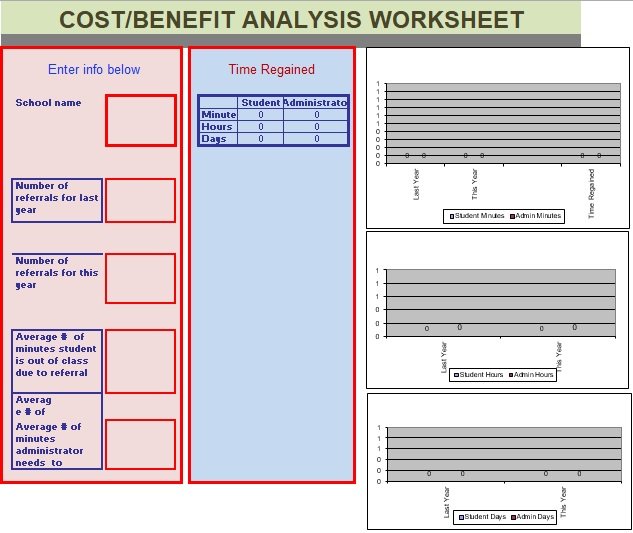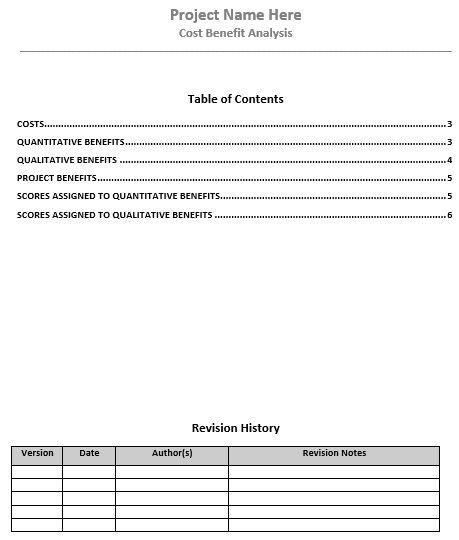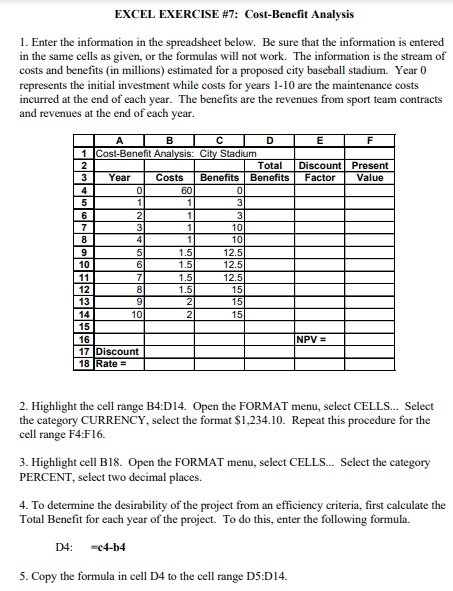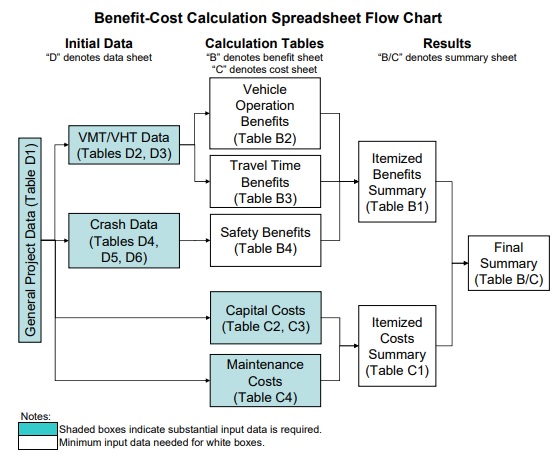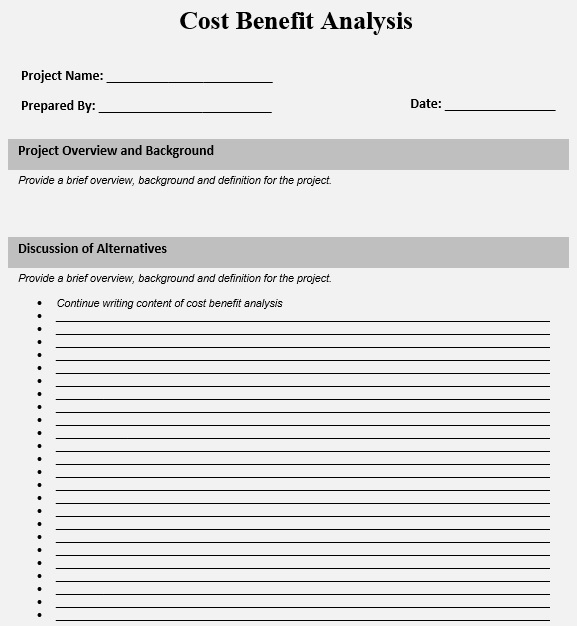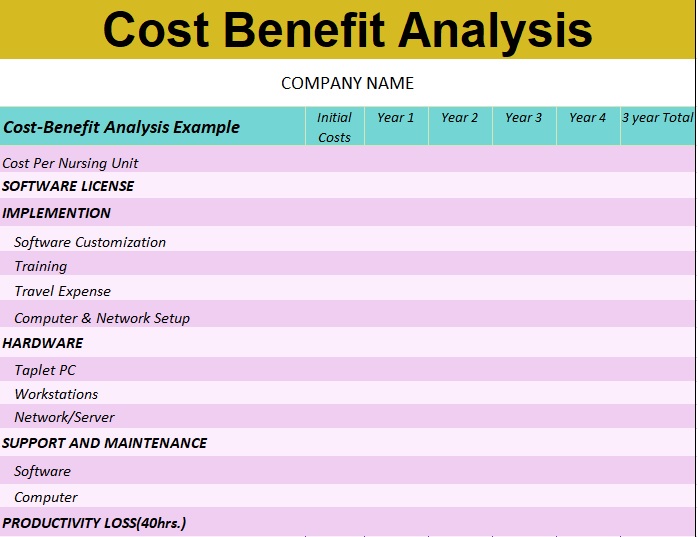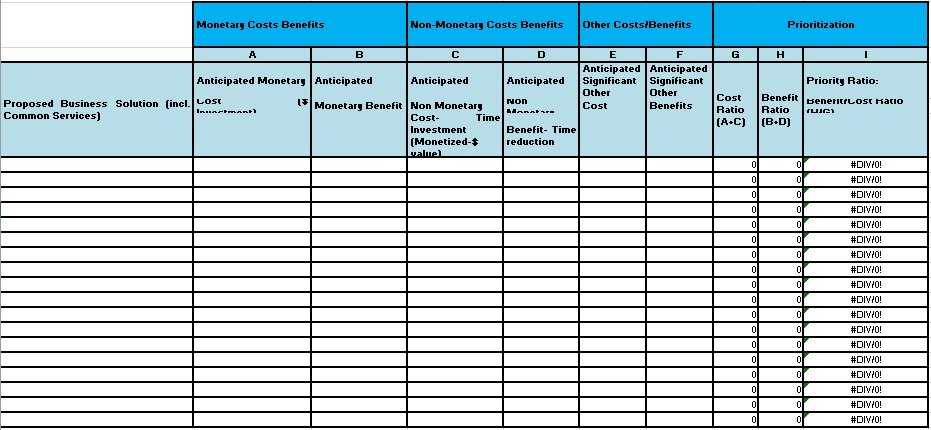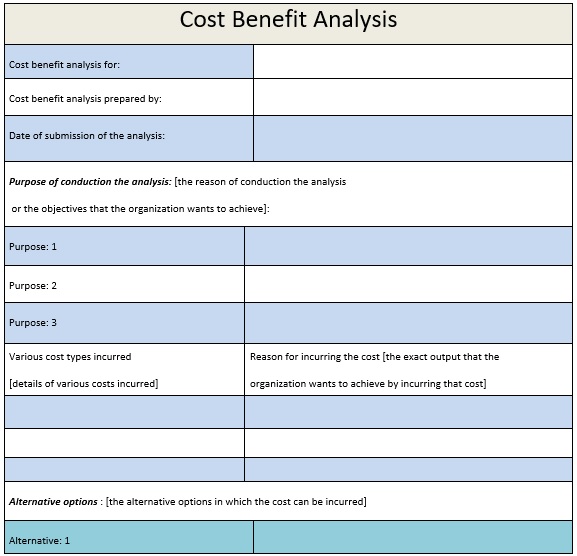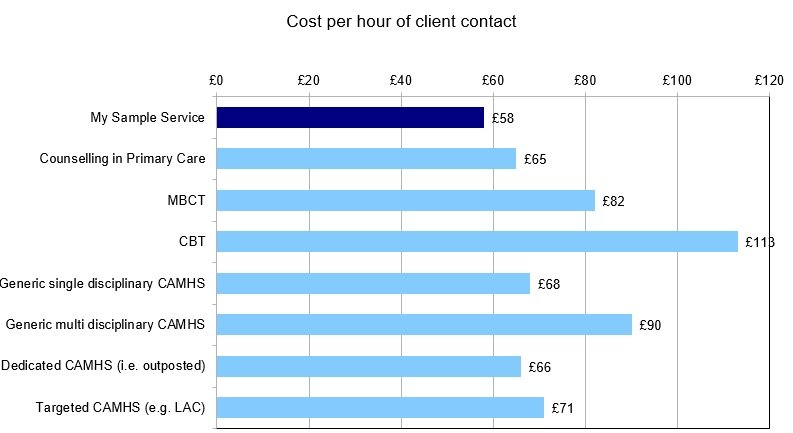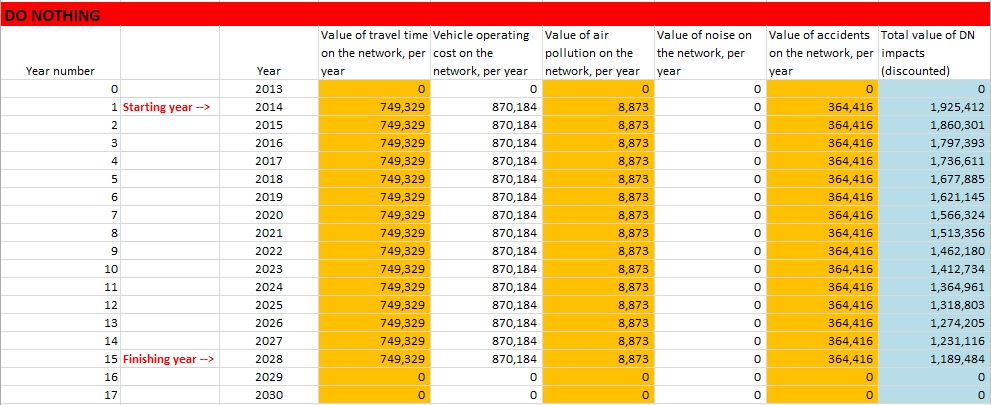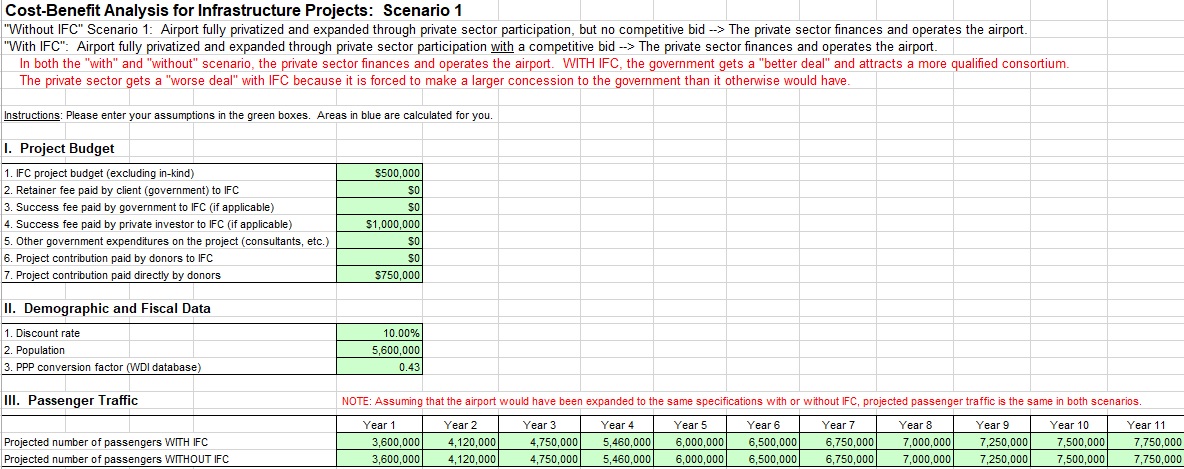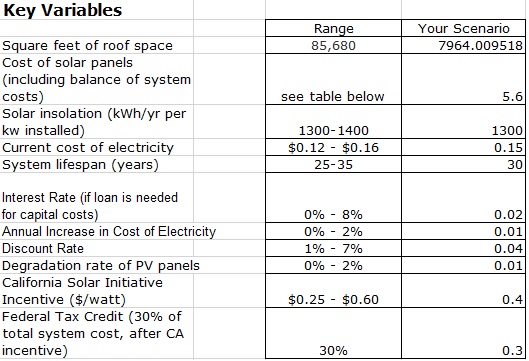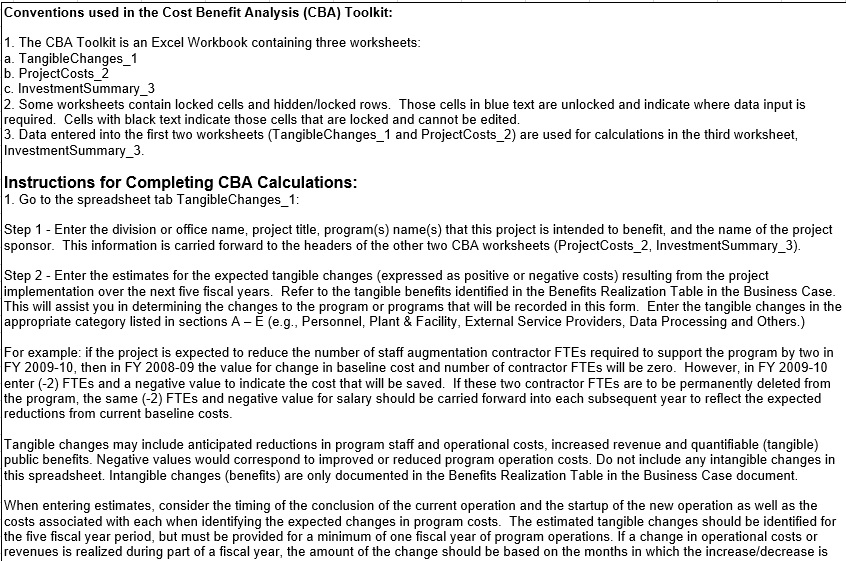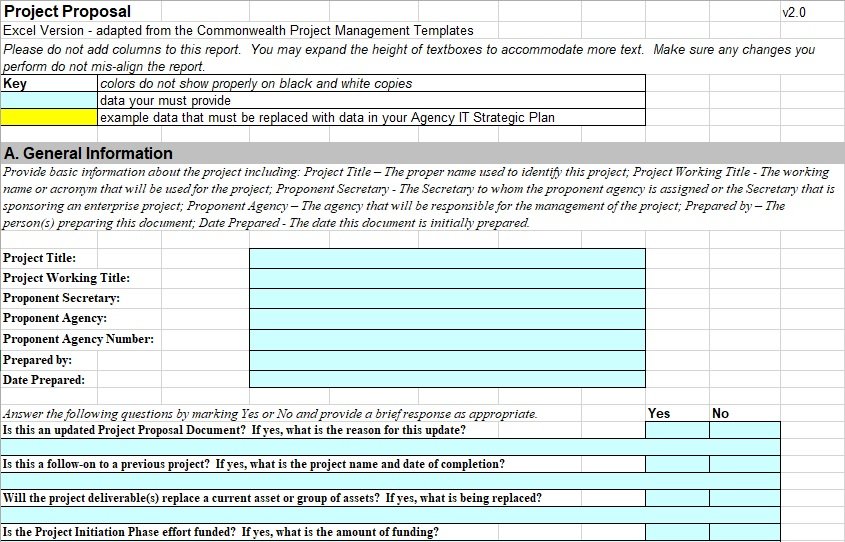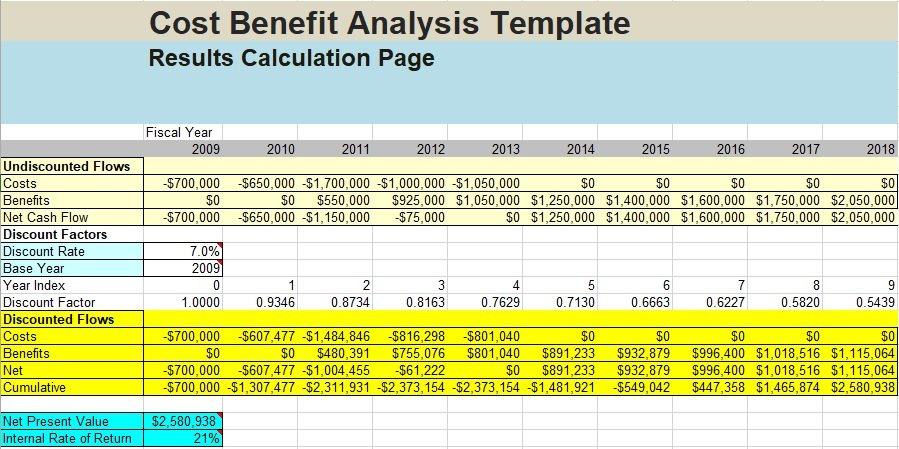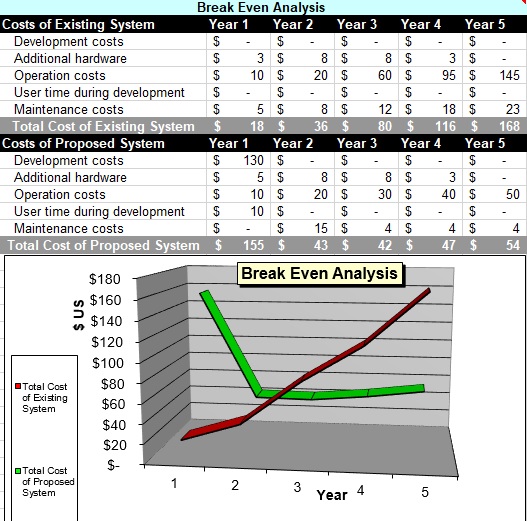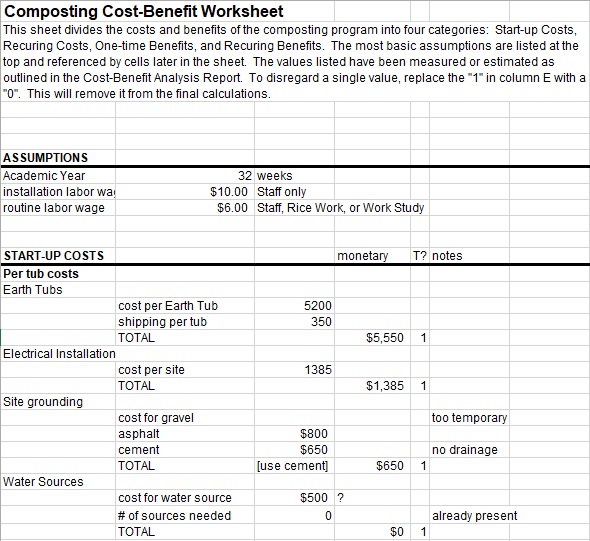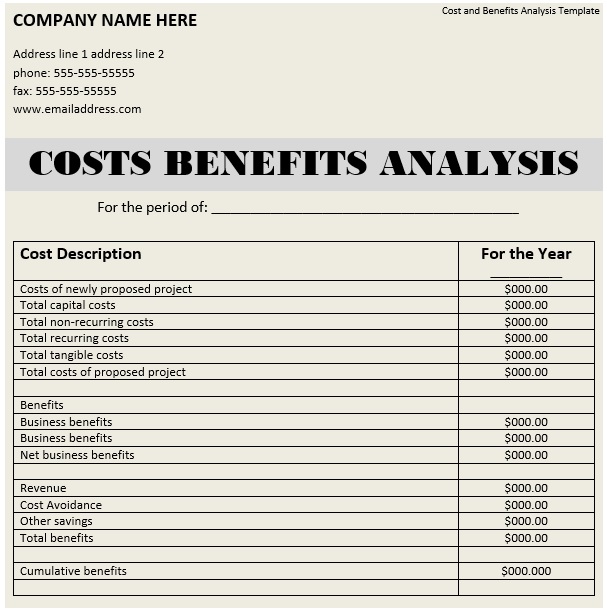The cost benefit analysis template helps the business to make important business decisions. By using these templates, you can accomplish the profitability and long-term sustainability of the business. Additionally, on the basis of resources, risks, and costs you can determine the highest returns on the investments.
Table of Contents
- 1 What is a cost benefit analysis?
- 2 Purpose of a cost benefits analysis:
- 3 What to include in a cost benefit analysis?
- 4 The two key elements of a cost benefit analysis:
- 5 Who can use a cost benefit analysis template?
- 6 How to do a cost benefit analysis?
- 7 Why do you require a cost benefit analysis template?
- 8 Conclusion:
- 9 Faqs (Frequently Asked Questions)
What is a cost benefit analysis?
A cost benefit analysis is a financial technique that helps in analyzing projects and taking business decisions to identify the value of intangibles. By using a common metric, this process is used to compare the expected costs of the project with its expected benefits. Furthermore, it is also used to assess and evaluates the effect of a project in monetary and quantifiable terms.
Cost-benefit analysis is a valuable tool because it provides a clear overview of the outcomes of a certain decision. Also, successful businesses depend on this technique in their decision-making processes.
Purpose of a cost benefits analysis:
This process is designed to predict the future worth of projects. It assists you in identifying the depth of the project. The two main purposes of the cost-benefit analysis are;
- It is used to compare projects in terms of total expected cost and expected benefits. It also identifies that the benefits outweigh the cost or not.
- This analysis helps to understand if the investment is feasible and justified.
What to include in a cost benefit analysis?
You should include the following when creating a cost-benefit analysis for your business;
Executive summary:
This is the first and foremost step in preparing a cost-benefit analysis. This step should be precise and direct to the point. You have to highlight all of your project’s details in a single paragraph. With the help of the project proposal, you can draft the executive summary.
Purpose:
After the executive summary, state the purpose of the analysis. Here you have to write the name of the project and the reason for conducting the analysis. However, determining the project’s feasibility is the only purpose of all business owners of doing a cost benefit analysis. But, in this section, you have to write how helpful this analysis can be for your business and to others. Additionally, mention the name of the organization, name and ID number of project, project description, and operational status of the project to identify the project’s purpose.
Details of the alternatives:
In this section, you have to provide a description of the alternative approaches for the project. This description should discuss the current services, products, and market.
Costs:
Now, you have to highlight all the monetary and non-monetary costs. Also, discuss the developing and operating alternatives discussed in the previous section. These costs include operational costs, developmental costs, recurring costs, and non-recurring costs.
Benefits:
This section will state the unexpected monetary and non-monetary benefits that can be obtained from the project. Some examples of benefits are recurring benefits, labor cost reductions, cost reductions, etc.
Summary and briefing of the outcomes:
This section states the summary and briefing of the outcomes. Explain the facts and elements in the form of comparison. Moreover, this section should include expected benefits and costs, comparison and evaluation, recommendations and suggestions, and supplementary reasons.
The two key elements of a cost benefit analysis:
Let us discuss below the two key elements of a cost benefit analysis that will provide an in-depth understanding of the technique;
Weigh future values today
One of the essential tools of financial management is the cost benefit analysis. It provides a clear idea regarding future values. You need to pay attention to two important factors in order to weigh future benefits against future costs. First, you have to look far into the future in order to determine the benefits. The second one is to look through the assumptions that are the basis of your analysis. Hence, you will become able to forecast future values in a reasonable manner if you focus on these two.
Dollar value in a cost benefit analysis
All projects that businesses take up aren’t financial. Improving the morale of the existing employees is the main goal. Some things are often difficult to value when you attach a future monetary value to an increase in revenue or reduction in costs. These things may include reduced employee turnover, less number of absences, or increased employee productivity.
Businesses often resort to yardstick measures calculated on standard assumptions as every component on the cost benefit analysis gets a monetary value.
Who can use a cost benefit analysis template?
Anyone who is trying to figure out whether an investment or any decision is worth making can use cost benefit analysis template. They can see with the help of a template how much the benefits potentially outweigh the cost. Additionally, the cost benefit analysis template is used by any decision-maker at an organization or the project manager of a project to identify if a proposal is worth pursuing. However, you can use it for any decision.
How to do a cost benefit analysis?
Let us discuss step-by-step how to do a cost benefit analysis;
Step#1:
How to identify costs?
To identify all potential costs, list all the monetary costs that are going to be incurred on implementation. These monetary costs include licenses, payroll expenses, production materials, etc.
Then, make a list of all non-monetary costs such as time, potential risks, imperfect processes, etc.
When you determine the monetary and non-monetary costs, assign the monetary values in steps. These monetary values should be explained in present terms to make sure equality across time.
After that, to get the value of total costs adds the anticipated costs together.
How to identify benefits?
To identify the potential benefits, list all of the monetary benefits. These are the benefits that you are going to experience on and after the implementation of your project. It involves the income and savings that can be directly assigned to the project.
After that, list all the non-monetary benefits such as increased durability, greater customer base, decreased production times, etc.
Now, it’s time to assign monetary values to the identified benefits. These benefits should also be stated in present value terms.
In the end, get the sum of the value of the total benefits adds all the anticipated benefits.
Step#2:
After determining the costs and benefits, compare the values of costs and benefits. Next, use the analysis to decide the next course of action.
Step#3:
In the end, evaluate the cost benefit analysis. This will help you to identify whether or not the benefits outweigh the costs. Here you can consider the payback period. Also, you have to find how long it takes to reach the time when benefits will exactly be equal to the costs.
Additionally, if costs and benefits roughly equal to each other then revaluate the costs and benefits and revise the whole process of analysis. It may be due to missing items and incorrect quantified. If the benefits are greater than the costs of revising, then it will be considered a worthwhile investment.
Why do you require a cost benefit analysis template?
With the help of a cost benefit analysis template, you can decide whether or not to move forward with your project. You are unlikely to just examine one path while embarking on a cost benefit analysis. It will allow you to explore various different ways you can proceed. You can easily run several cost benefit analyses at once by using a template.
They also provide decision-makers of an organization with the information they require to make well-measured choices. You can’t take projects lightly as they can be expensive ventures.
Conclusion:
In conclusion, a cost benefit analysis template allows you to do a cost benefit analysis in an effective way and decide whether or not to pursue a project. With the help of this technique, you can estimate the time that will be required to cover or repay the costs. Also, it can be time-consuming if you make your own cost benefit analysis template. By using templates, you can easily find adequate formulas.
Faqs (Frequently Asked Questions)
The three primary components of a cost benefit analysis are;
1- Costs
2- Benefits
3- Conclusion
The standard CBA formula looks like Benefit/Cost or B/C. You simply compare the monetary value of your benefits and total costs to undertake a project once you have added them to see which is larger.
You should use cost benefit analysis when your project involves capital expenditure, policy development, setting of standards, and use of assets.

